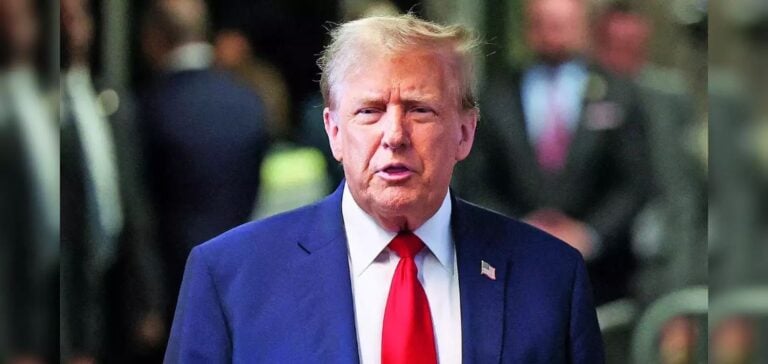The recent U.S. election, which saw Donald Trump win the presidency and Republicans secure control of the Senate, raises questions about the future of clean energy subsidies, including those for hydrogen. However, industry experts believe these subsidies are likely to not only survive but also benefit from less restrictive application rules.
A Changing Regulatory Context
The hydrogen tax credit program, known as 45V, is a key element of the U.S. Inflation Reduction Act (IRA). This initiative aims to encourage hydrogen producers to reduce their emissions using renewable energy or carbon capture technologies.
However, rules proposed by the Treasury Department in December 2023, which impose strict standards on the source of electricity used, have drawn sharp criticism. While these so-called “three pillars” are supported by environmental groups, industry members view them as impractical. A revision of these requirements seems likely under a Trump administration, which leans toward deregulation.
Prospects for Relaxation
According to Andy Marsh, CEO of Plug Power Inc., a hydrogen-focused company, the transition to a Republican administration could simplify access to tax credits. “These rigid rules are not written into the law,” he asserted, emphasizing the interpretative nature of current guidance.
Other players, like Constantine Levoyannis of Nel ASA, remain cautious. “Trump is unpredictable,” he stated, though he believes the future administration will not adopt the stricter European standards.
Challenges Remain for the Industry
Despite these potential opportunities, some analysts warn of significant risks for the hydrogen sector. A possible repeal of the IRA, though considered unlikely, would significantly weaken this emerging industry. Additionally, skepticism from influential figures such as Elon Musk could hinder public acceptance of hydrogen fuel cell vehicles.
In a polarized political landscape, the future of hydrogen subsidies will depend on the Trump administration’s strategic directions and its ability to balance deregulation with maintaining investments in clean technologies.






















